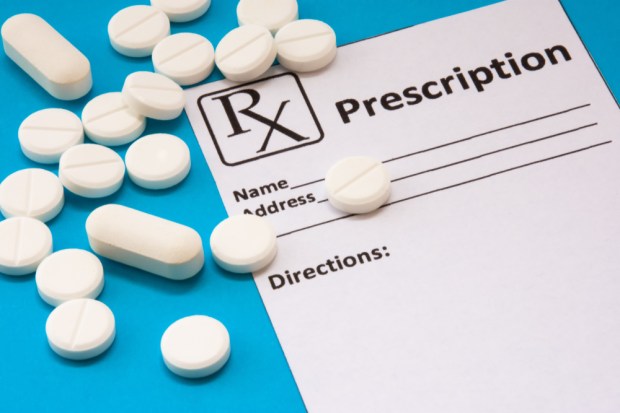Closing The Last Mile In Prescription Delivery

In many retail markets, there is incredible pressure to pick up the pace of delivery. Amazon switched from two-day shipping as its standard base (rapidly followed by Walmart and others), groceries delivered within an hour or two is becoming increasingly mainstream and there is any number of services happy to deliver any type of food in an hour or less for a fee. The obvious appeal for consumers is convenience.
But although it is easier to get anything and everything delivered on demand, in the vast majority of cases it is not a matter of life or death. The customer might not want to drive across town to a store to pick up produce, but apart from being inconvenient, it won’t hurt them.
But prescription drugs, noted NowRx CEO Cary Breese, are a different story.
“In pharmacy, and healthcare generally, same-day/same-hour delivery is about much more than just customer convenience – it can often be absolutely vital,” Breese said, noting that the more health-impaired a consumer, the more difficult it can be for them to physically pick up their medications. And while there are various online mail-order pharmacies in the market, there is often a gap between order and receipt of at least two days, possibly more. A sick child who needs antibiotics, a person with a chronic medical condition or a patient in pain doesn’t have a few hours to wait, let alone for a few days, Breese noted.
As is the case in most delivery stories, the most difficult and inefficient part of doing business is the last mile of delivery that gets the goods from their final staging area to consumers’ hands.
“Unlike other online pharmacies, NowRx operates locally-based facilities with high automation and low, fixed overhead, so prescription medications can be rapidly filled and delivered to customers the same day free of charge, or within one hour for a $5 expedited fee,” Breese noted.
It is better not only for the patient, he said, but also for public health. A contagious patient can wait for their medication at home, rather than standing in line potentially spreading dangerous contaminants onto everyone else in the pharmacy.
Moreover, he noted, it’s better for the healthcare system in general. According to some estimates, 10 percent of hospitalization could be avoided if patients appropriately conformed to their medication routines. That’s a lot of beds taken up unnecessarily – and adds up to around $260 billion in avoidable costs annually to the U.S. healthcare system. Nearly a full third of those cases of medication non-adherence are due to customers not having time to travel to the pharmacy, not having a way to get there or simply forgetting to pick up their prescriptions.
NowRx is designed to take the first two issues off the table, and to make the third one less of a factor with add-on services that do things like provide daily reminders so patients are less likely to forget a dose.
The platform also aims to give customers flexible options for completing their orders. As of about two years ago, NowRx released fully HIPAA-compliant voice ordering apps for both Google Home and Amazon Alexa (Alexa has since become HIPAA-compliant in its own right) so patients can easily order simply by talking to their speakers. Services can also be accessed via the mobile app, online or by phone.
In the immediate future, the firm aims to deepen its connection with its local customer bases within the state of California. Now through the fall, the firm is running “Be Healthy Now,” a campaign of free wellness services for local communities. With the idea that an ounce of prevention is worth a pound of cure, the campaign is built around wellness screenings with offerings like “Ask a Pharmacist” consultations, Visa gift cards, free delivery of a three-month NowRx health pack and more.
In the broader future, fresh off a late fall 2018 Series A funding round that brought in $7 million (on top of $3 million in seed funds), the brands is eyeing a bigger expansion beyond its California roots into the larger U.S. That, however, will require increased licensure and enhancement of its warehouse and delivery network.